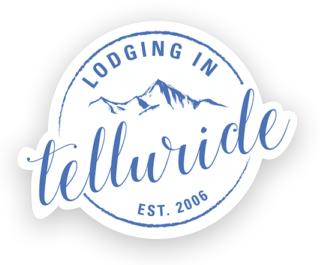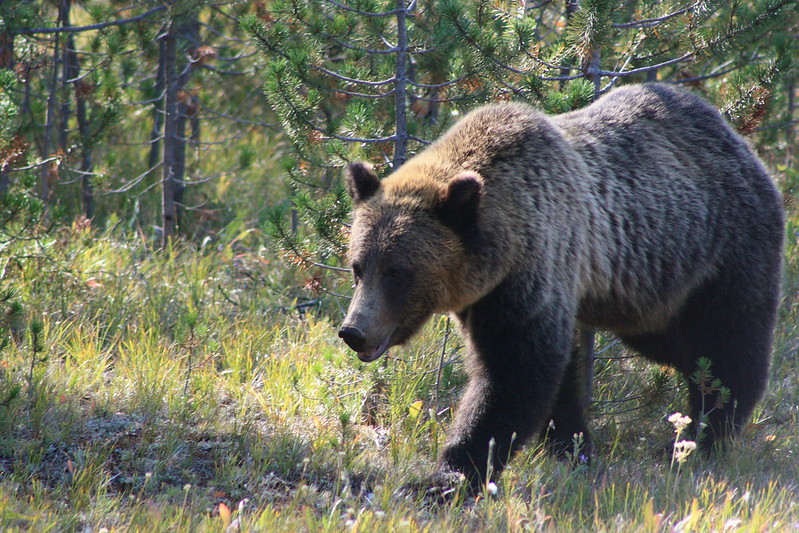Adventure enthusiasts love the thrill of racing down the mountain. It’s just one of the things that make Telluride, Colorado a top ski destination year after year. And while we understand and share this same sentiment—safety is always our top concern for guests.
To help you get a feel for the lay of the land and the local laws and regulations, we’ve put together this quick mountain safety guide. Please review these guidelines to ensure a safe and enjoyable mountain adventure!
First, it’s important to know what items are and are not allowed on the mountain. These lists briefly summarize what you are allowed to bring and what items are banned.
The following vehicles and devices are allowed on the mountain for the 2024/25 season:
- Alpine/telemark skis
- Mono skis
- Snowboards
- Snowblades
- Skiboards
The following vehicles and devices are allowed on detachable lifts only for the 2024/25 season:
- Ski Bikes
- Snowdecks (with metal edges on a leash)
- Ski trikes (with metal edges on a least)
The following vehicles and devices are NOT ALLOWED on the trails or lifts at any time:
- Drones
- Sleds of any kind (including body sleds, saucers, toboggans)
- Snowmobiles
- Tandem skis
- Fat tire bikes
- Snow scooters
- Snow skates
- Onewheels
- Babies in backpacks
—
Wildlife Safety Tips
Thousands of species call the San Juan Mountains their home, and it’s important to keep that in mind and respect their space as you enjoy and explore the mountain backcountry. Here are a few specific tips for species you might encounter on the mountain.
Bears
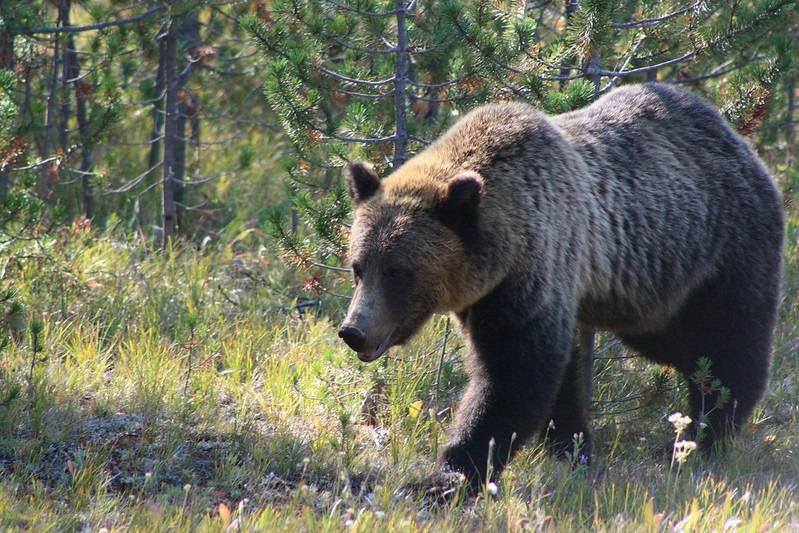
Photo Credit: Brad via Flickr CC2.0
There are four specific things to keep in mind if you happen to cross paths with a bear:
- Stay calm – If you see a bear but it has not seen you, calmly and slowly prepare to evacuate the area. This is the bear’s home and you could be seen as an invader!
- Stop – Stop walking forwards and then back away slowly while facing the bear. Avoid direct eye contact and do not make any sudden movements. Running could prompt the bear to chase you and trust us, that’s a race you don’t want to enter.
- Speak softly – When speaking out loud, do so softly. Do not yell or you could startle and scare the bear.
- Fight back – In the rare event that a bear does approach and attack you, be prepared to fight back. Use items around you—rocks, sticks, or items you might have on-hand. Use whatever you can to try and scare off the bear.
Rest assured that bear attacks are very rare. It’s always important to be mindful of your surroundings and be aware that bears do live on the mountain.
Skunks
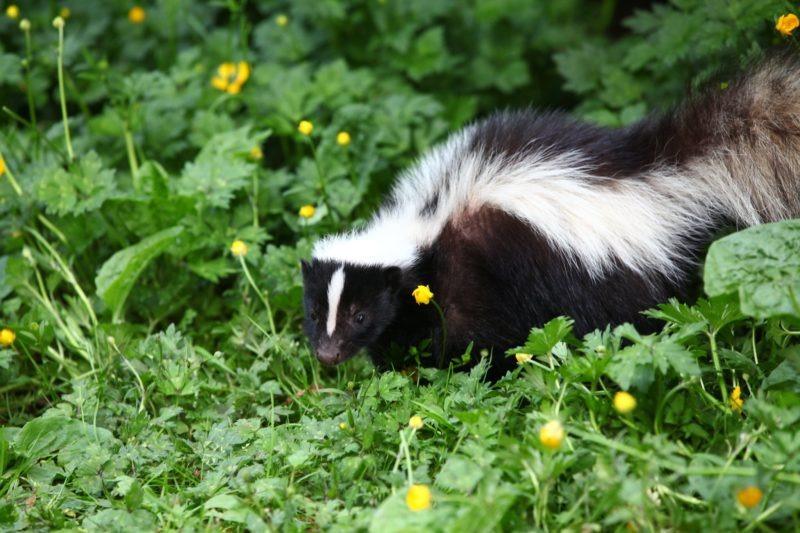
Photo Credit: GoToVan via Flickr CC2.0
A pesky Rocky Mountain resident, a bad experience with a skunk won’t harm you but could linger for quite some time—literally. Here are a few tips to avoid crossing paths with these little stinkers:
- Do not leave food of any kind outside your cabin or with you while exploring.
- Do not leave piles of wood outside
- Pick up trash and make sure trash can lids are latched
- Do not leave pets unsupervised at any time
- If you do cross paths with a skunk, avoid sudden movements and loud noises
Prevention is the best method for avoiding contact with skunks, so do due diligence to avoid any unnecessary encounters.
Coyote
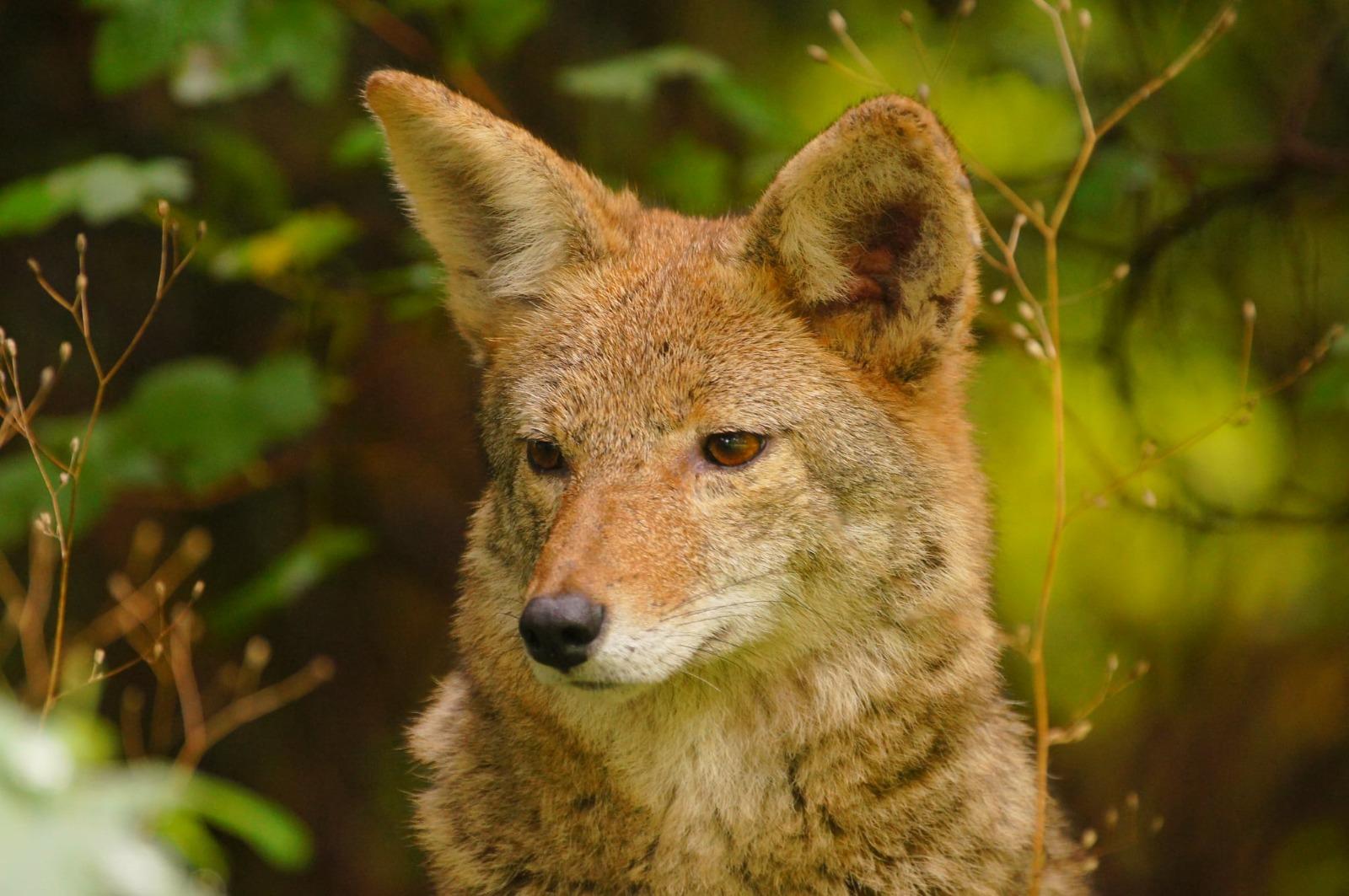
Photo Credit: Tjflex2 via Flickr CC2.0
Though coyotes do call the mountains their home, their presence is rarely a concern for adventurers. Be careful not to leave any food around while enjoying the mountain, and keep an eye on your furry friends. Coyotes are more prevalent at night time and are rarely, if ever, a nuisance during the peak mountain hours.
These are just a few of the most common critters you might encounter during your time on the mountain. As always, be aware of your surroundings and call the Marshal’s Office at (970) 728-3818 if you run into any issues.
—
Ski and Snowboard Safety Tips
Whether you are a seasoned skier or this is your first time strapping on skis—take these tips to ensure a fun and safe experience in the ski area.
1. Always wear a helmet
This tip is pretty self-explanatory, but you can never be too careful! No matter how experienced you are, mountain conditions can change at a moment’s notice, and accidents happen. We recommend always wearing a helmet during rides.
2. Adventure with a group, and pick a meeting place
There’s safety in numbers, so we recommend skiing with a friend or friends—especially if you plan to go exploring off the beaten path. Pick a meeting place in advance and schedule regular check-points to ensure everyone is accounted for. Getting separated on the mountain can be dangerous, so be mindful of your fellow group members and help everyone stay together as a group.
3. Observe all posted warnings and signs
Ropes, signs, and other posted warnings are often related to dangerous or off-limits areas on the mountain. Take these warnings seriously! It is prohibited for any visitor to be in an area that is clearly marked with a warning.
4. Downhill riders have the right of way
When you’re skiing, snowboarding, etc. it is important to remember the ‘rules of the road’—just like if you were driving on a real road! Downhill riders have the right of way. Be aware of your surroundings and take blind curves and rollers slowly as you won’t have visibility to see what’s ahead. It is the responsibility of a passing skier to pass with care.
5. Always ski in control, and be a defensive skier or rider
Our final safety tip related to being in control the entire time of your ride. Always keep your eyes open and remain alert to your surroundings and other riders. Remember to use speed control techniques (edging and turning) to ensure that you are never surprised by treacherous terrain or by other riders. Additionally, anticipate the movement of the riders around you and be a defensive skier—versus a reactive skier.
Skier safety is a top concern for everyone, so slow down, be aware of your surroundings, and be courteous to other riders and spectators.
—
Snow Conditions
It’s also important to stay abreast of current snow conditions on the mountains. As noted earlier, conditions can change quickly, so always check the forecast to ensure a safe and enjoyable journey up and down the mountain.
What are good snow conditions? Colorado is known for dry snow, which has more air pockets, making it lighter with less moisture and more powder. Dry snow is typically easier to ski on and provides a softer cushion for falls. In general, “fresh” snow (a recent snowfall) is the most desirable condition for skiing and snowboarding.
In Telluride specifically, ski conditions are most ideal in late-January through early March, though the ski season is a bit longer and you can certainly ski earlier or later (pending weather).
You can check Snow-Forecast.com for up-to-date snow and weather reports.
—
Mountain Assistance
Save these numbers in your phone for immediate assistance:
For Ski Patrol assistance, call (970) 728-7585 or contact the nearest lift operator.
To report reckless or unsafe skiers or riders, call (970) 728-7569.
—
After your ride, be sure to check out all the Town of Telluride has to offer—including a trip to the charming mountain village. The village is packed with dining and shopping options and is the perfect place to scope out a little apres-ski treat.
Visit our official Telluride Explorer Blog for more travel tips and intel on the best vacation deals on the mountain!
